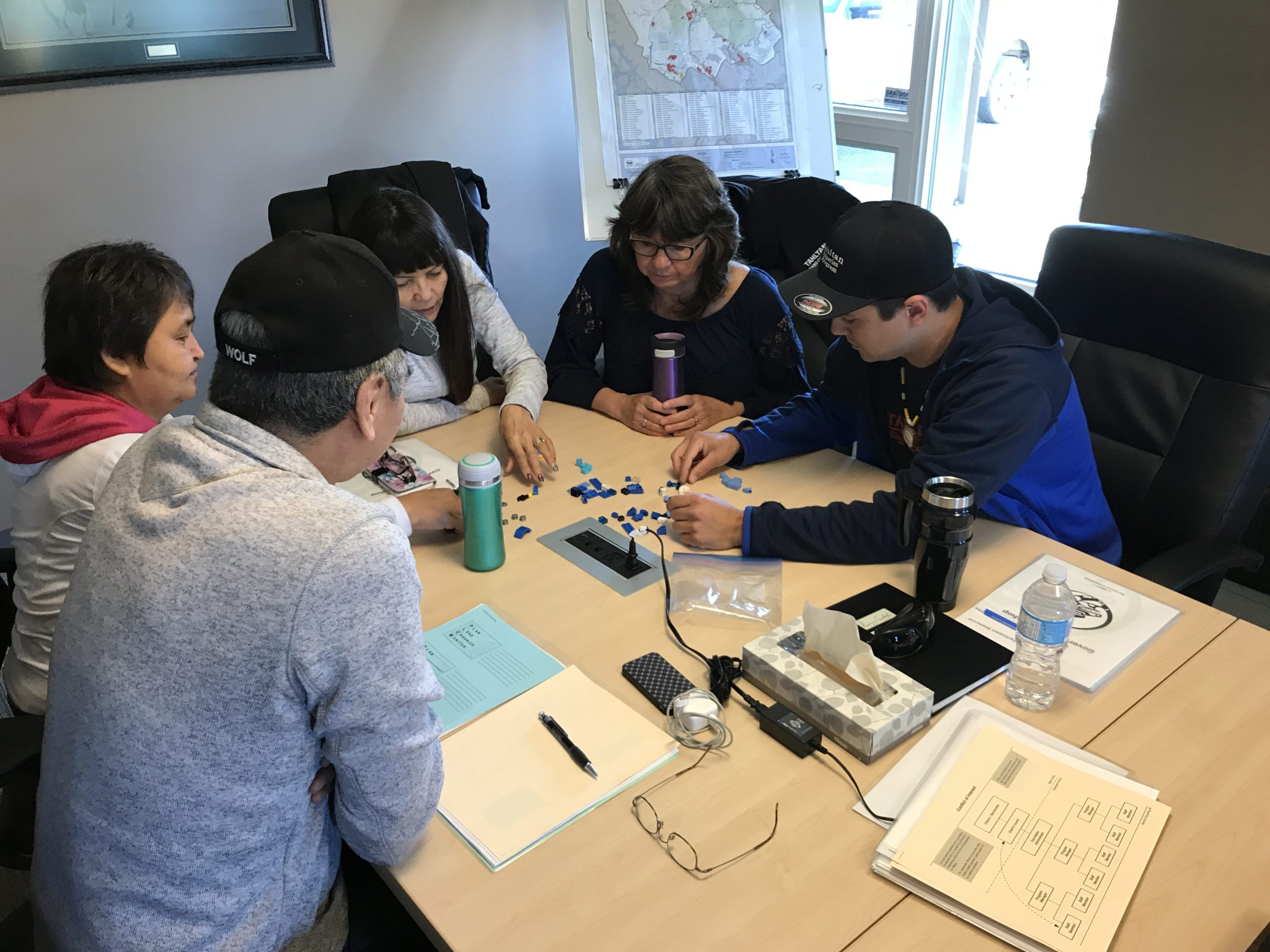Board of Director Liability
Directors are exposed to liabilities under federal and provincial statutes. These laws specify penalties and offences for inappropriate acts and omissions by directors, including conflicts of interest. This liability also applies to someone who acts as a director, but who has not been formally appointed (de facto).
A director can be held personally liable for their own actions or omissions, as well as jointly with other directors.
Legally, these are considered “strict liability offences”, meaning it is immaterial whether the director intended to violate the law, or not. A director can only defend themselves through “due diligence”.
Due diligence proves to the court the director took reasonable steps to ensure they complied with the law.
Non-compliance can lead to fines, repayment of debt, and imprisonment.
Laws may describe limitation periods for liability, so resignation does not automatically exclude a director from risk.
Laws Governing Conflict of Interest
The framework for governance of not-for-profit corporations falls under the Canada Not-for-profit Corporations Act (NFP Act). One of the primary aims of this Act is to prevent conflicts of interest between corporations, directors, and officers, detailed in section 141.
However, every province also has its own provincial legislation and statutory obligations. It is very important each organization addresses conflict of interest legislation for their area.
What Constitutes Conflict of Interest?
Directors are legally bound to act in the organization’s best interests. They must put aside their own interests and those of family, friends, political parties, creditors, donors, members and other stakeholders when making decisions.
They cannot use the organization’s property or information for the advantage of another person, themselves, or their companies. Otherwise, they could be liable for all profits and benefits gained from their use.
Directors must react to any situation that could raise doubts. Sometimes conflicts of interest are unavoidable and other times they are subtle.
However, directors must disclose the nature and value of all and any personal interests that could conflict with those of the organization to protect them.
Due diligence is a director’s only legal protection.
When to Report a Conflict of Interest?
Many organizations ask directors to complete a conflict of interest statement when they join the board. Directors should disclose any conflicts of interest after that time as soon as they are aware of it and no later than the next board of director’s meeting.
Organizations may also have specific requirements within their internal documents. Directors should review the articles of incorporation, by-laws, code of ethics, governance standards, conflict of interest policy, and best practices to ensure compliance.
Many corporations also specify that directors must disclose any interest in a contract with the organization, even if they were not directly involved with it. This allows the board to decide whether they will refuse or accept the contract.
If the director does not disclose their conflict of interest, they may be liable for profits and benefits received from the contract or the courts may cancel the contract.
Failing to report a conflict of interest can also severely damage director and organizational reputation.
How to Report a Conflict of Interest
Any director who finds themselves in a situation that could raise doubts must disclose the conflict of interest to the organization. They can do this in one of two ways:
- Verbally at a board meeting with it noted in the minutes.
- Written notification sent to the board of directors requiring a signature upon receipt. The conflict of interest is noted in the minutes of the next board meeting.
Post-Reporting
Whether a director can participate in discussions after they’ve declared a conflict of interest depends on the regulatory area. For instance, Quebec does not permit director participation in discussions after declaring a conflict of interest.
Even if the law allows a director to take part in discussions, they probably shouldn’t. The director should leave the room during a vote to avoid influencing others, unless the conflict affects their salary, insurance, indemnity, or working conditions.
Works Cited
- Primer for Directors of Not-for-Profit Corporations. Industry Canada, 2002. Retrieved from https://www.ic.gc.ca/eic/site/cilp-pdci.nsf/eng/h_cl00688.html#c3p4
- The Legal Duties of Directors of Charities and Not-for-Profits. Terrance S. Carter and Jacqueline M. Demczur, 2012. Retrieved from http://www.carters.ca/pub/article/charity/govset/A-duties.pdf
- Canada Not-for-profit Corporations Act. Government of Canada. Assented to 2009-06-23. Retrieved from https://laws-lois.justice.gc.ca/eng/annualstatutes/2009_23/FullText.html



